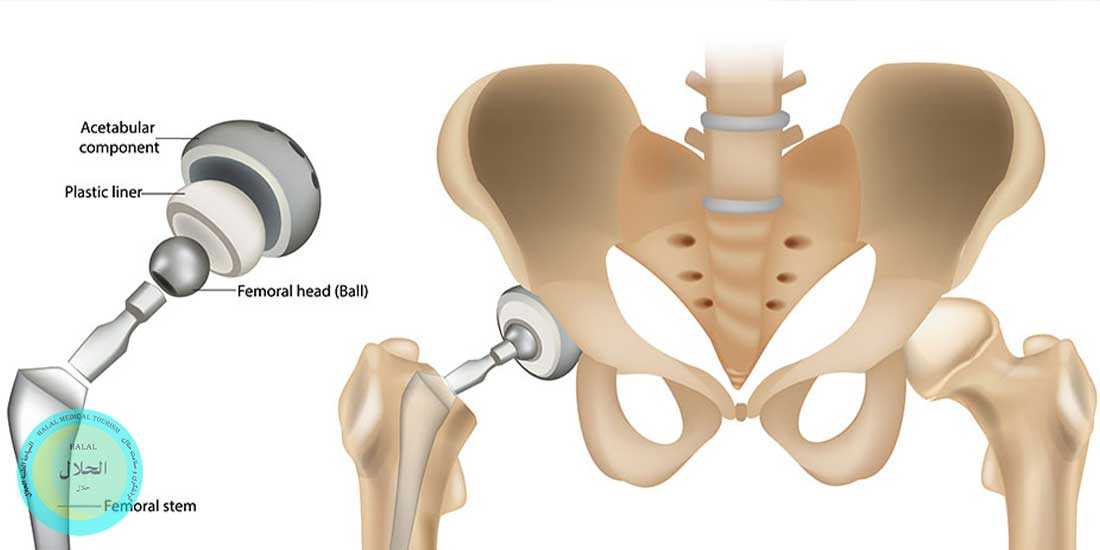Hip replacement surgery

Hip replacement, also known as hip arthroplasty, is a surgical procedure in which a damaged or diseased hip joint is replaced with an artificial joint or prosthesis. This procedure is typically performed to relieve pain and improve function in individuals with severe hip arthritis or other conditions that cause significant hip joint damage.
The hip joint is a ball-and-socket joint where the femoral head (the ball) fits into the acetabulum (the socket) of the pelvis. In a hip replacement surgery, the damaged femoral head and the acetabulum are replaced with artificial components made of metal, ceramic, or plastic. These components mimic the function of the natural hip joint, allowing for smoother movement and reduced pain.
Hip replacement surgery is usually considered when other treatments, such as medication, physical therapy, or assistive devices, have failed to provide adequate relief. It can significantly improve the quality of life for individuals suffering from debilitating hip pain and stiffness.
Recovery from hip replacement surgery typically involves a period of rehabilitation and physical therapy to regain strength, mobility, and flexibility in the hip joint. While complications are rare, they can include infection, blood clots, dislocation of the artificial joint, or implant loosening over time.